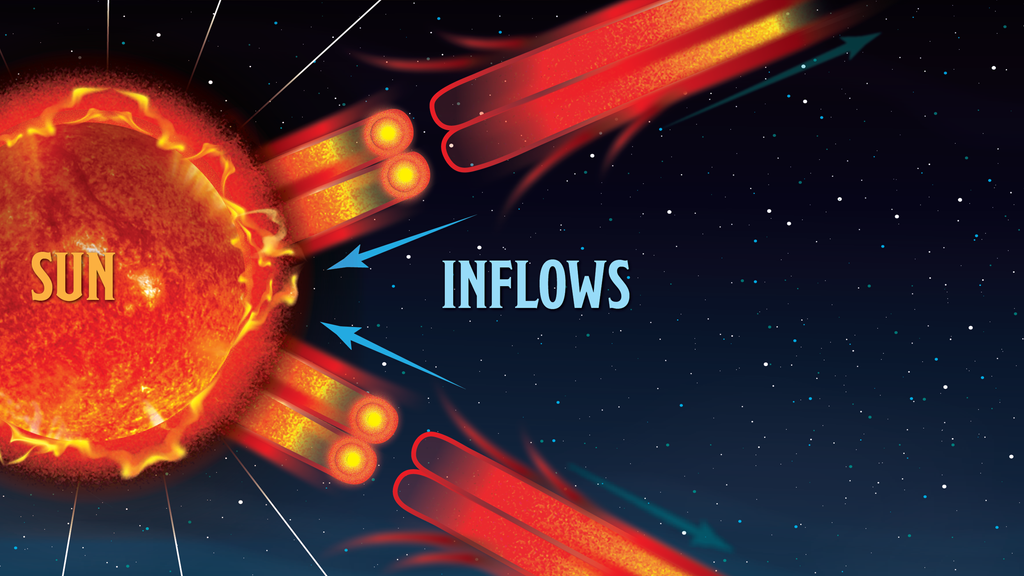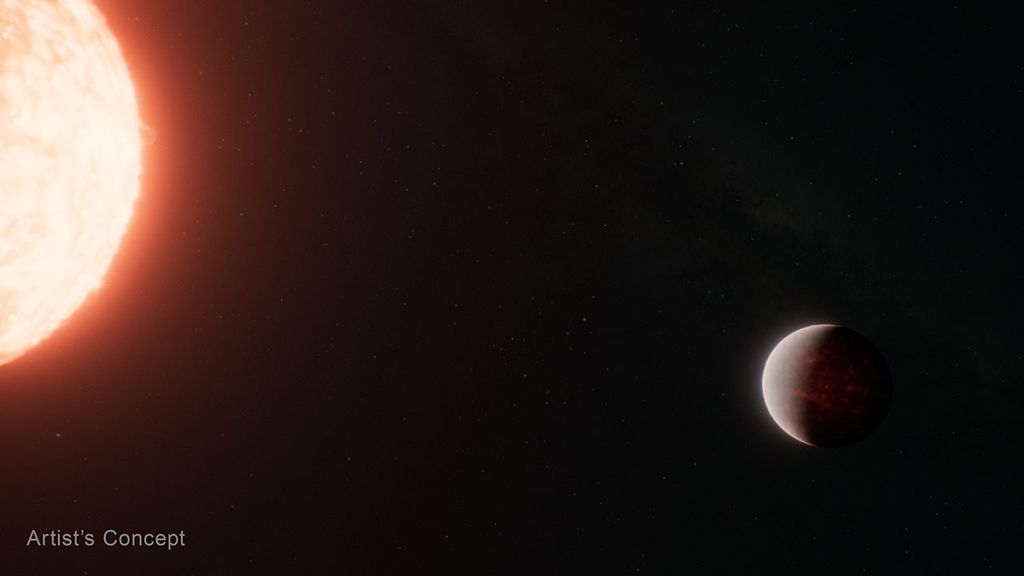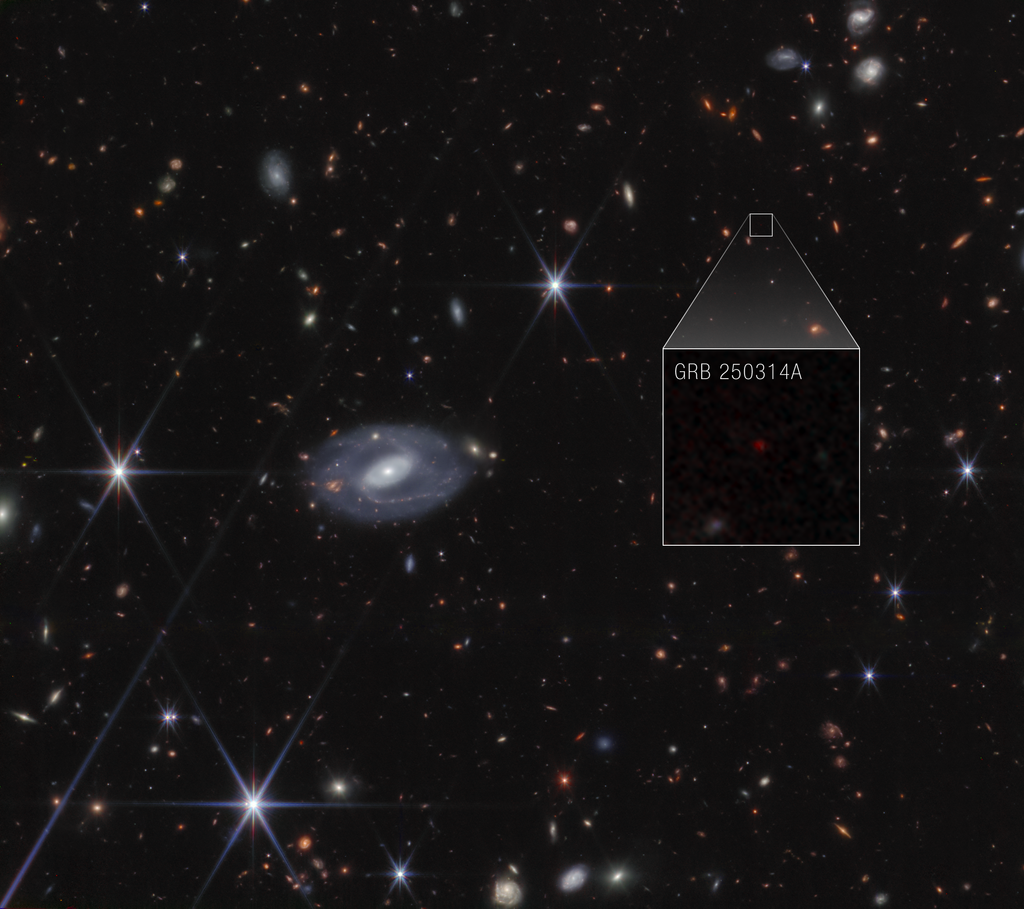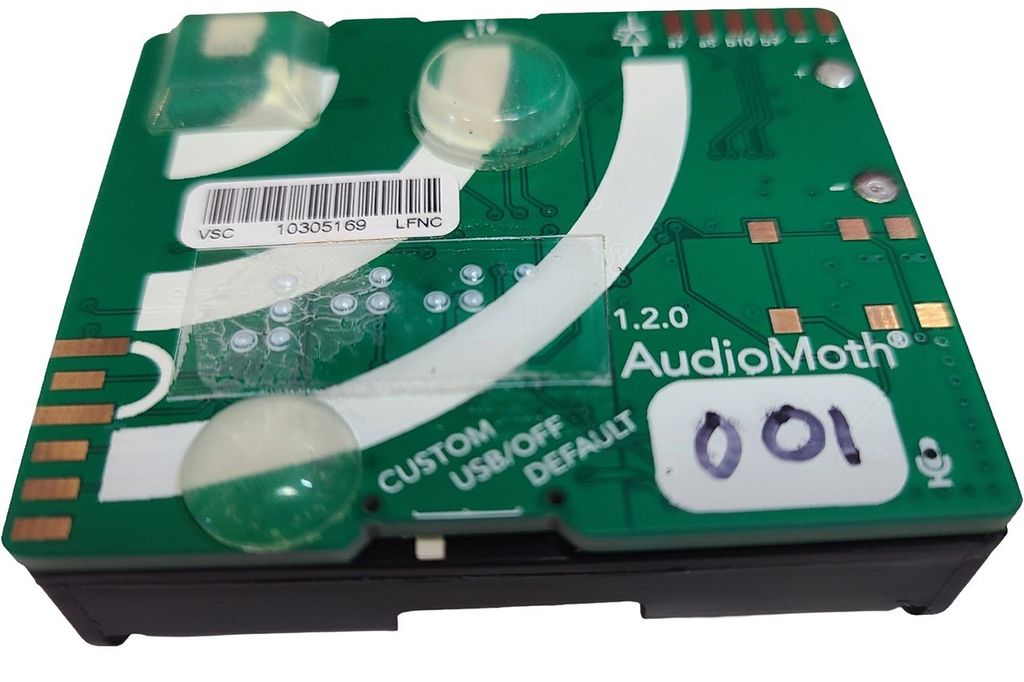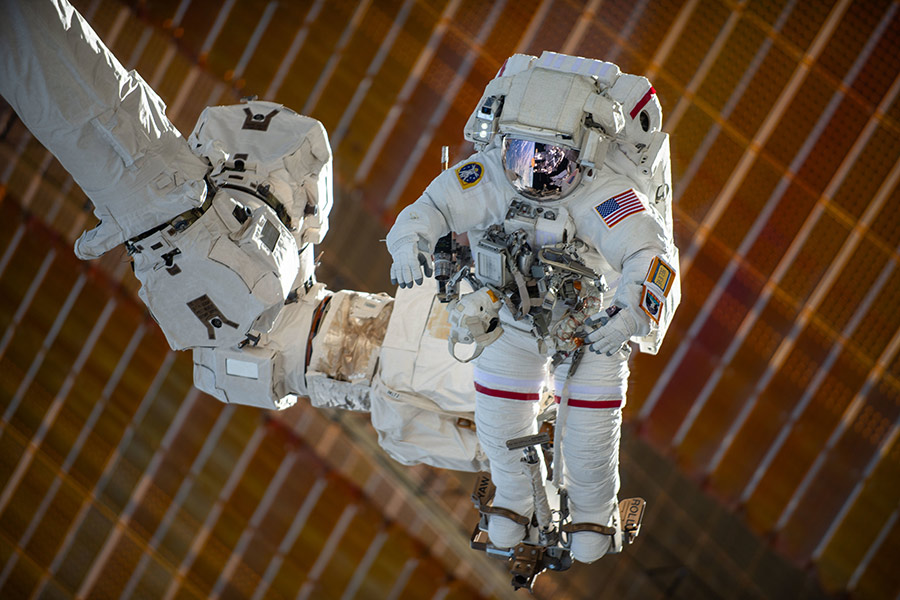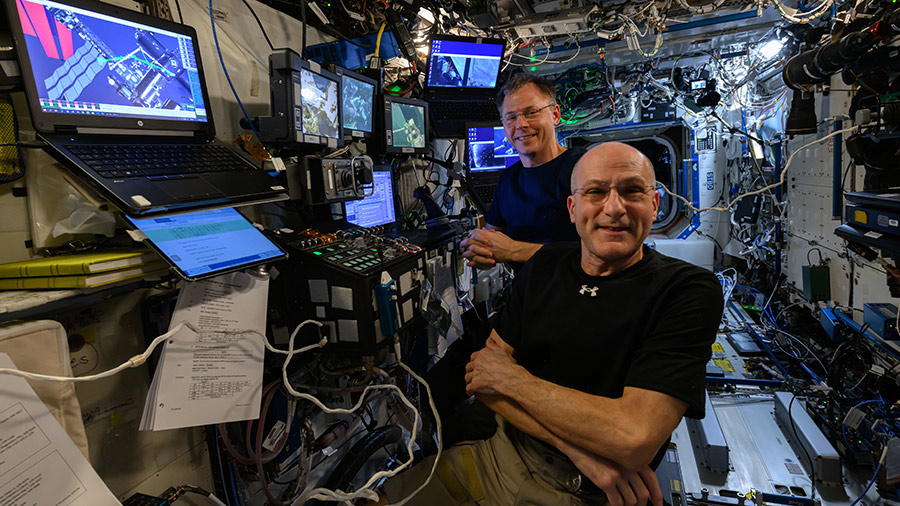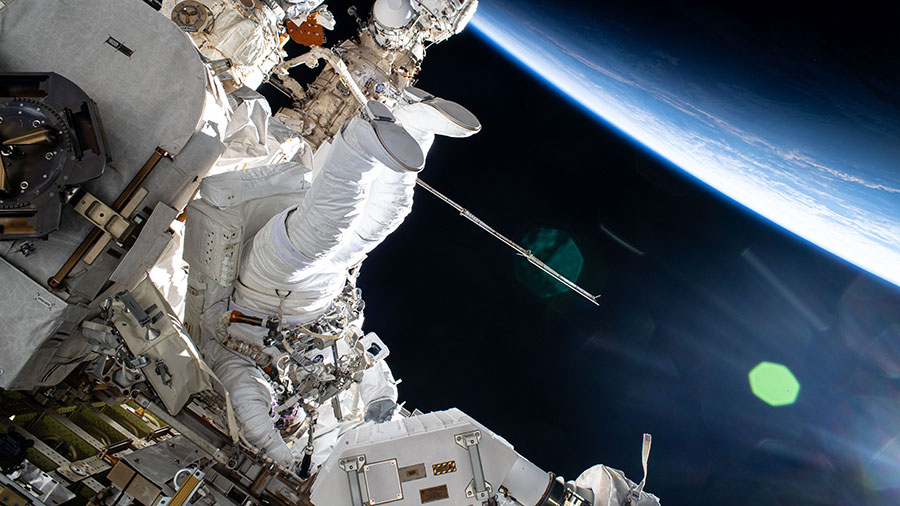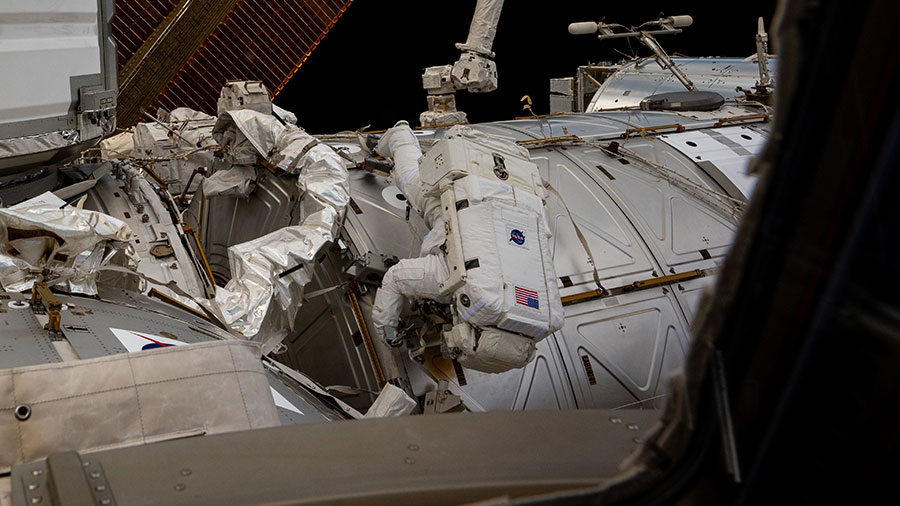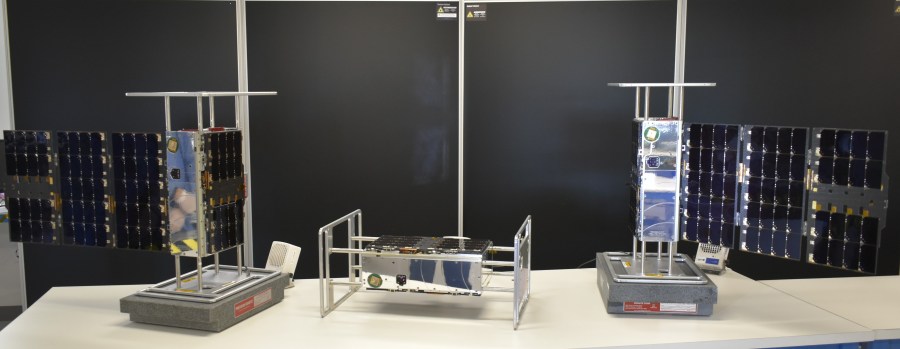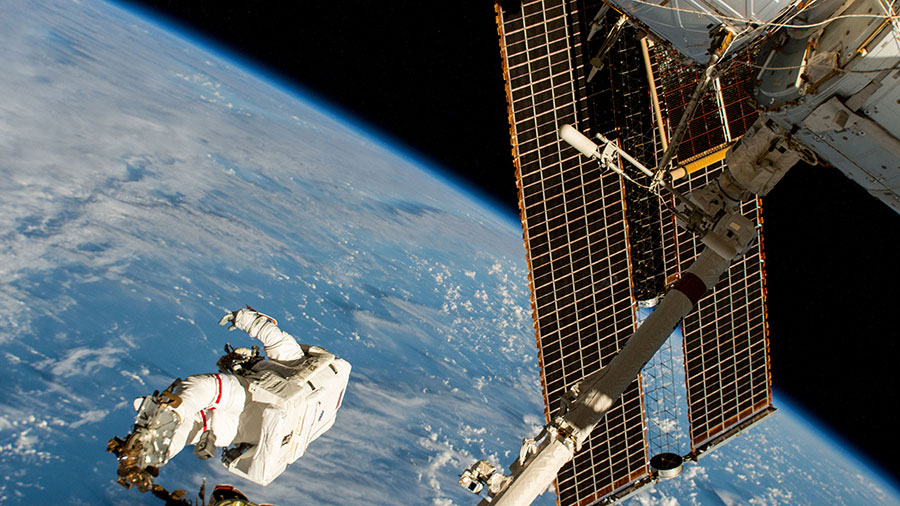After a successful Trans Lunar Injection burn on Saturday, Feb. 8, Firefly’s spacecraft carrying NASA science and tech to the Moon has departed Earth’s orbit and begun its four-day transit to the Moon’s orbit. Blue Ghost will then spend approximately 16 days in lunar orbit before beginning its descent operations. Since launching more than three …
More NASA Science Received During Earth Orbit, Firefly Begins Lunar Transit Phase











